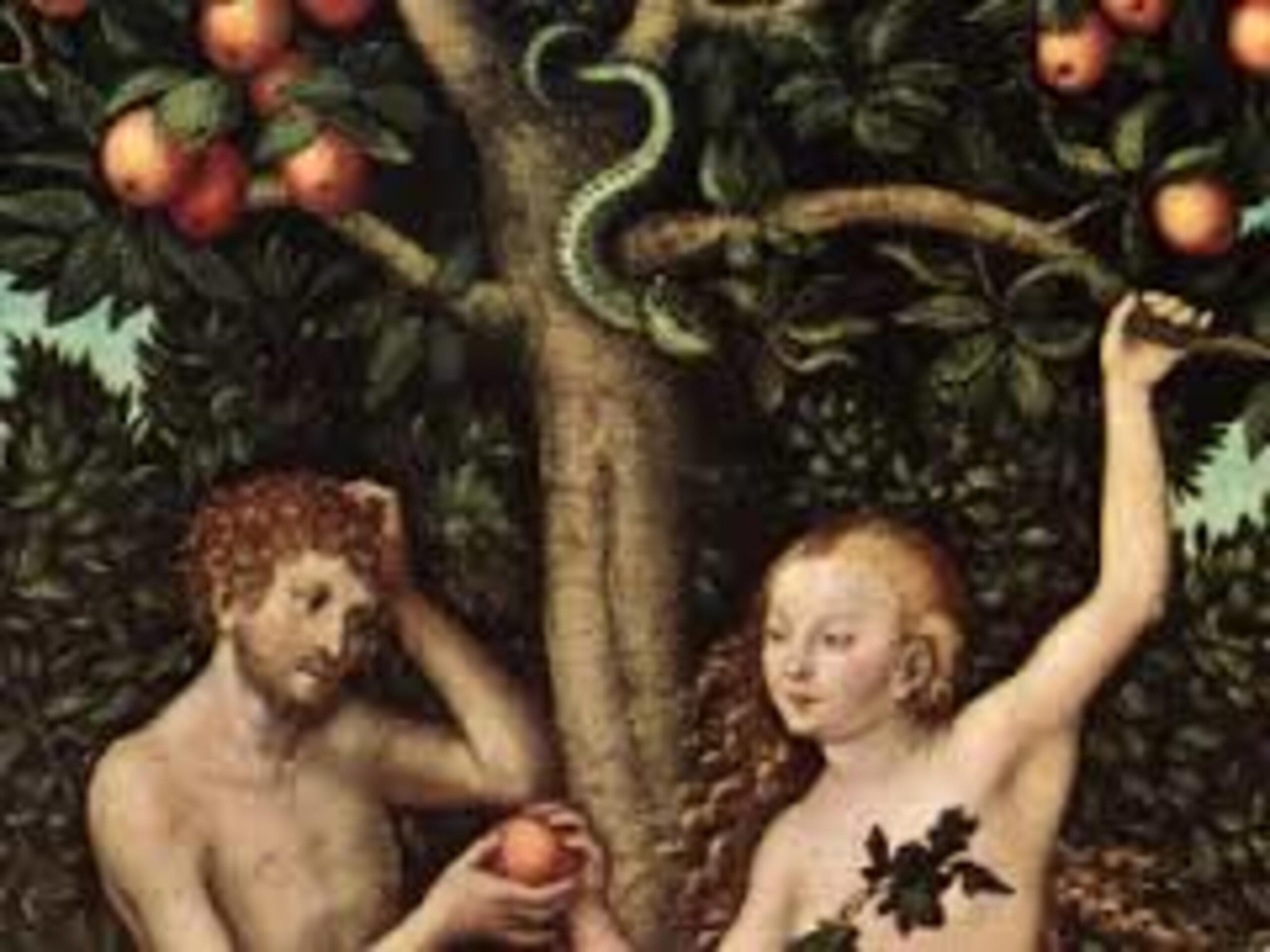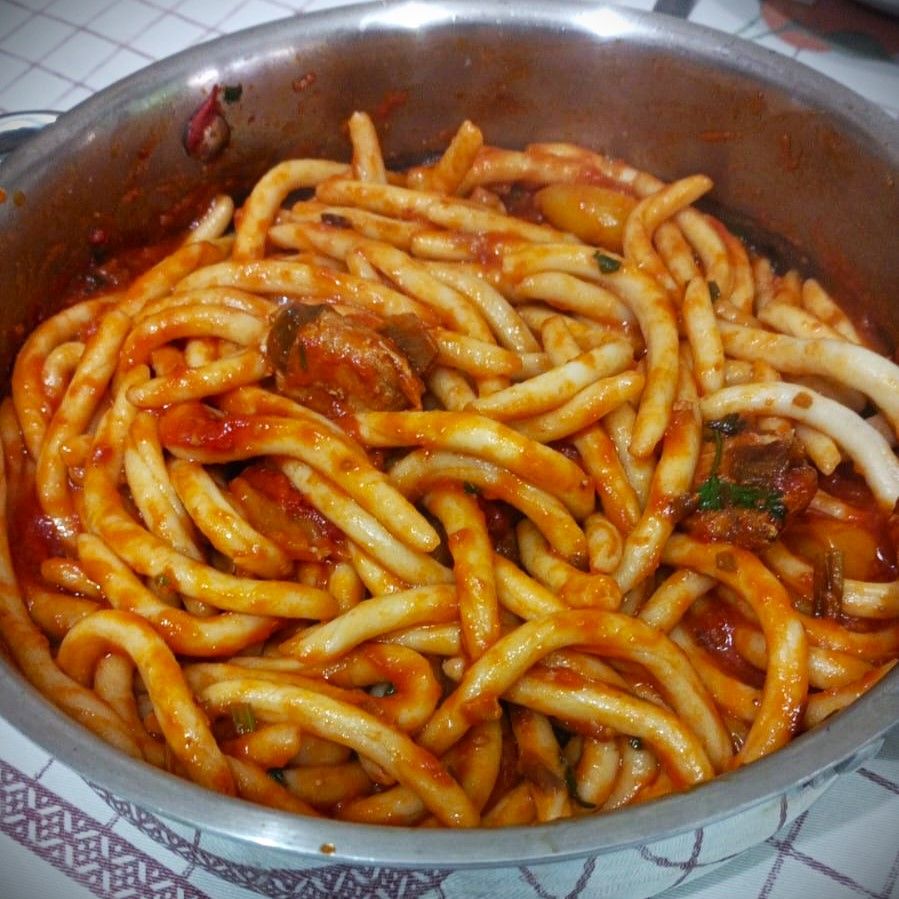You remember that story, I guess: God cast Adam and Eve out of Eden. The couple were guilty of having eaten the forbidden fruit from the tree of Knowledge, after being expressly forbidden by the Almighty himself.
Well, for some reason, we’ve been taught that damned fruit is the apple. But that’s not the case at all!
Neither in the books of Genesis nor in the entire Bible is there a single reference that the one with the forbidden fruit is an apple tree.
In the original version of Genesis, written in Old Hebrew, the fruit is called pěri, a generic name for any type of fruit with seeds (in fact it was speculated that the forbidden fruit could be pomegranate, apricot, lemon, and even wheat or wine…).
The misunderstanding arose when, at the end of the 4th century, Pope Damasus I asked a man named Jerome (later proclaimed a saint) to translate the original Old Testament into Latin.
That job took the industrious Jerome over 24 years (now do you understand why he was canonized?).
Anyway, St. Jerome used the Latin word mālum: this in Latin stands for “evil”, but also for “fruit” and “apple”.
Over the centuries, Latin disappeared, and probably no one remembered all the meanings of mālum.
As time goes by, the apple had been replacing the “generic fruit” as the subject of the curse. We can see that in paintings with a religious background (above all, the Sistine Chapel), and the subject of epic poems (above all, Milton’s “Paradise Lost”).
In conclusion, let’s do justice to the apples, they deserve it!
They are very healthy, as well as being tasty!
Oh, before I forget: they can also be dried using the INOX BIM Climatic cabinet!


 Italiano
Italiano













